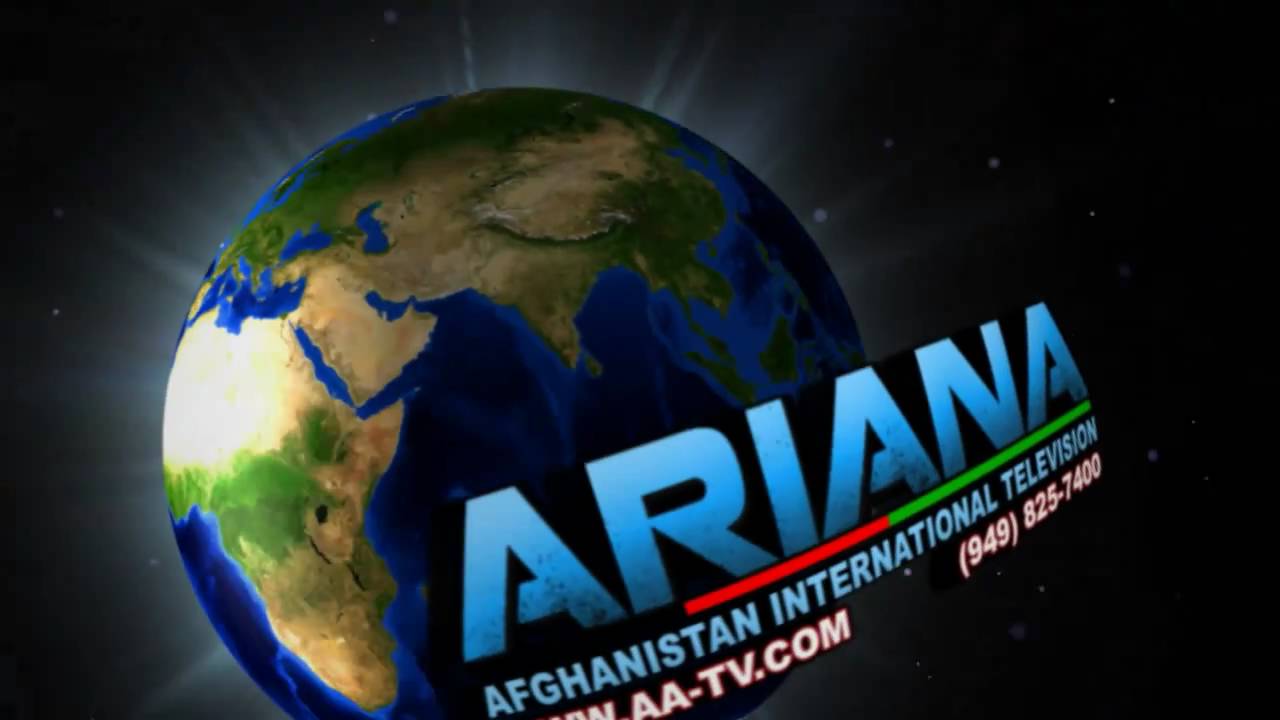Ethnic media serve dedicated audiences for whom they are an indispensable source of news, information, connection, and validation. One case in point is the Afghan media in Fremont, Ca., home base for the country’s largest Afghan population. As new waves of refugees arrive to the U.S. following the end of America’s 20-year war in Afghanistan, we spoke to two people with long experience in the sector. Zaher Rasulzad manages the oldest Afghan station in the U.S., Ariana Afghanistan International TV, serving the diaspora out of his home in Fremont, Ca. and Tamana Ansari, who produces Fanoos (Beacon of Light) for the Afghan station Payam Afghan (Message from Afghanistan).
EMS: Tell us about Afghan TV, its history, programming, audience.
Zaher Rasulzad: We have been the most popular TV station for the Afghan diaspora for more than 35 years, headquartered in Los Angeles, providing 24-hour programming in (Afghan dialects) Pashto and Dari. I’m the station manager and I’m based in Fremont, Ca. We have over 100,000 viewers, with news shows twice a day at 12 noon and between 6-6:30 and 7:00- 7:30 pm. We cover political news about Afghanistan between 7-8 pm and between 11-12 noon every day. We have entertainers and community leaders who also buy time on the station.
EMS: How has the COVID pandemic affected the station?
ZR: Because of COVID, a lot of local businesses and agencies have closed down. We’ve had a lot of problems losing our ad revenue. We just closed the studio in Fremont to save on rent so I’m using Zoom to produce our interviews and reports out of my home. But we haven’t interrupted our programming. With the growing number of Afghan refugees, we’ve become an information switchboard both for people wanting to help—there are some 27 organizations working with Afghan refugees in the Bay Area alone—and for Afghans themselves. Just yesterday we connected an agency looking to help newly arrived Afghans learn how to drive with an Afghan speaking teacher.
EMS: What does your audience most want you to cover?
ZR: Afghan people living outside Afghanistan worry about two things: the people living in the home country, and the refugees coming here or going to Turkey or Europe. People want to know how to help. The non-profit Afghan Coalition in Fremont just bought an hour’s time slot for a Zoom conference about helping refugees.
EMS: What can you tell us about other Afghan media outlets?
ZR: Older Afghans get their news and information from TV. Younger people use the Internet and social media. There’s very little print media anymore. We have a second TV station that’s smaller based in Fremont called Payam Afghan which means “message from Afghanistan” – that’s where Tamana Ansari’s program “Fanoos” airs.
EMS: Tamana, can you tell us about your own program, Fanoos?
Tamana Ansari: We started this show in order to empower the Afghan community through music, art and sports. I’m tired of seeing the weapons, the tanks driving through the streets, the armies… our people need more love, more art, more music, and sports. So I decided to use my show to highlight Afghan culture. As a community we need this. We also do interviews with prominent Afghans, with non-Afghans, we focus on community and cultural issues, and on bringing information to the community, where English can sometimes be limited.
EMS: How did you first become a journalist? What drew you to this work?
TA: I remember it was the Afghan New Year about 12 years ago, and there was a picnic here in the Bay Area. One of my cousins worked with an organization that supported Afghan orphans and had stationed a booth at the picnic. I was there at the booth and saw local Afghan media so I decided to try and get their attention. Everything started from there. The media person asked me to help do the interviews. I stood there next to my cousin and the founder of the aid organization and said, “Ok, I can do this.” And that is why I am here.
EMS: A new wave of Afghans is arriving in the U.S. How do program like yours address their needs?
TA: About 4 years ago I did an event in Sacramento, where a large number of Afghans had recently settled. Many of them had worked as translators for the U.S. military in Afghanistan. They spoke English, they had a lot of the skills needed to thrive here. What they did not understand was the legal landscape. So, I spoke to my team and told them we need to do something on U.S. law, something that informs them about their rights but also about where Afghan custom and U.S. law may conflict. We organized classes and in-person events, but all that became more difficult with COVID.
EMS: You mention COVID. How has the pandemic impacted your work?
TA: I tell people there are two pandemics that Afghans are dealing with, one is COVID and the other is the never-ending trauma in our country. For years there was one single television station and one radio broadcast for all of Afghanistan. Then, about 20 years ago, there was an explosion of media… With the Taliban, all that is gone again. So newcomers here in the U.S. rely on local Afghan media outlets… They call me directly when they are seeking information, or if they are looking for someone. Because we are in direct contact with groups in Afghanistan, and because these individuals may be afraid to contact the Afghan government directly, we have become more vital to them. But with COVID it’s become more difficult to engage directly with the community, especially newcomers. We used to do almost everything in person. Now, like others, we do almost everything virtually, and we rely a lot on social media. It’s been challenging but we are finding ways to connect.




